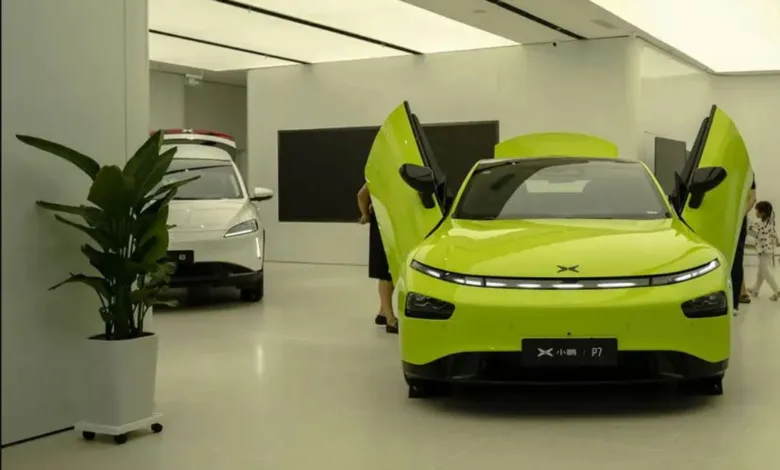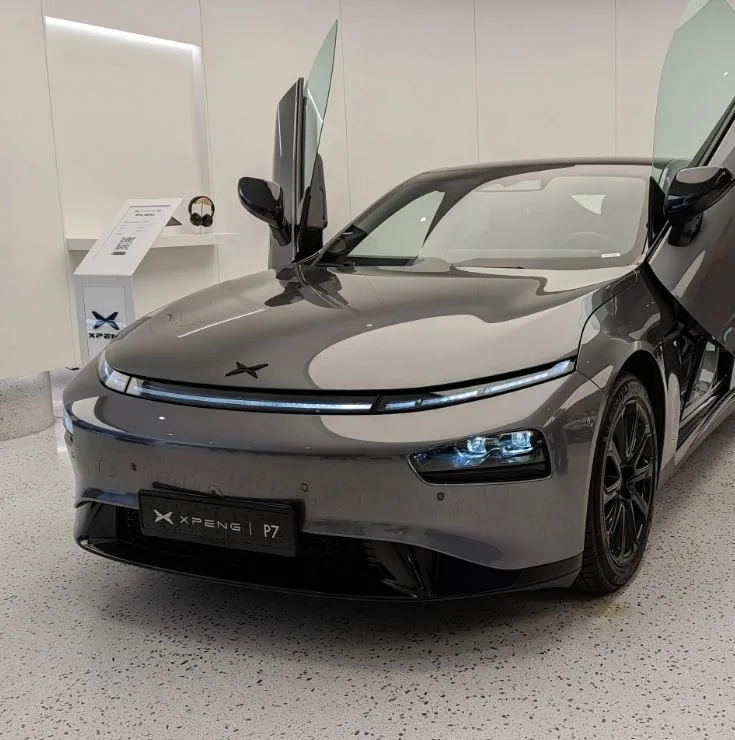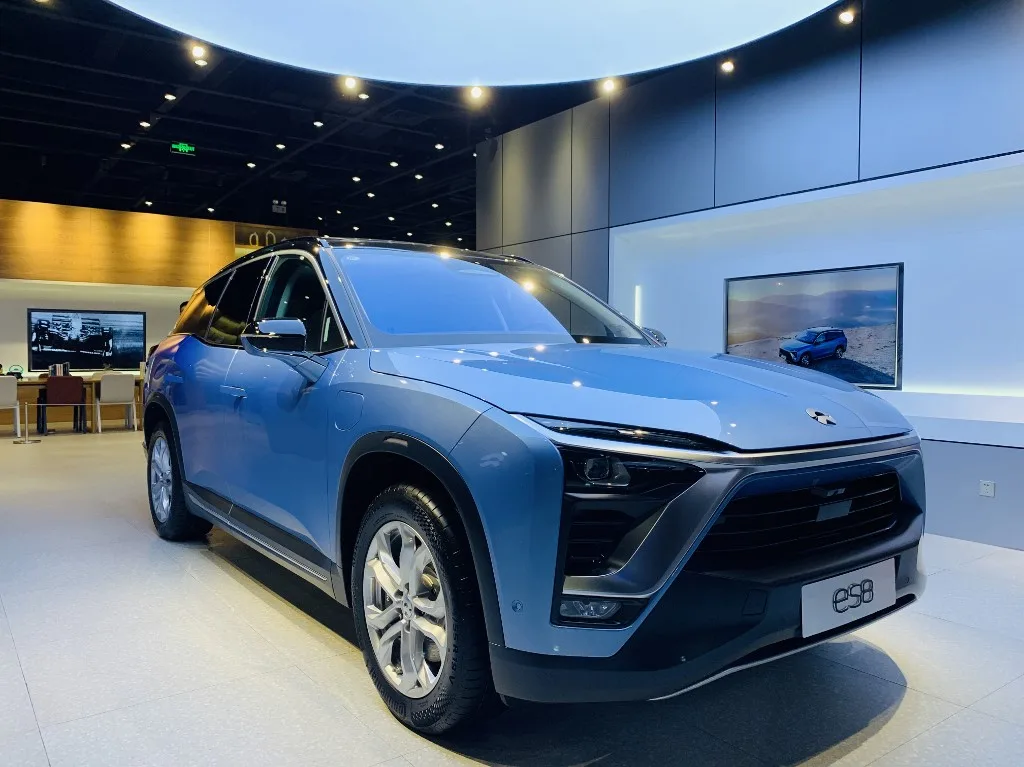

Nvidia’s DRIVE Technology Accelerates Adoption in Chinese EV Market
The well-known semiconductor company Nvidia is partnering with four significant Chinese electric car manufacturers to expand its presence in the market. A major decision made during the present CES Show in Las Vegas is that Li Auto, Great Wall Motor, Zeekr, and Xiaomi have all selected Nvidia’s cutting-edge DRIVE technology to power their autonomous driving systems.


At the heart of this collaboration is Nvidia’s DRIVE Thor centralized car computer, chosen by Li Auto, while Great Wall Motor, Zeekr, and Xiaomi have opted for the DRIVE Orin platform. The versatility of these technologies is showcased by their integration into various vehicles showcased at CES, including the Mercedes-Benz Concept CLA Class, Polestar 3, and the latest-generation robotaxi from Zoox, highlighting Nvidia‘s widespread influence across the automotive spectrum.
Notably, the Xiaomi SU7 revealed as the smartphone manufacturer’s debut electric vehicle, stands out among the new offerings utilizing Nvidia’s technologies. The SU7 has somewhat bigger proportions than the Tesla Model S and Porsche Taycan, but it also has a base that can accommodate high-voltage electrical systems that operate at 400 and 800 volts. With two electric motors producing an amazing 664 horsepower, the flagship model can accelerate from 0 to 62 miles per hour in 2.78 seconds, with a maximum speed of 165 mph. Xiaomi has also demonstrated the SU7’s advanced automated driving systems, showcasing its ability to autonomously park.


Nvidia’s commitment to expanding in the Chinese market is evident, despite the challenges posed by tighter U.S. export rules. The strategic partnerships with leading Chinese automakers align with the growing demand for advanced in-vehicle infotainment displays and automated driving functions in the country. As China’s electric vehicle market continues to thrive, Nvidia positions itself as a key player, alongside competitors such as Intel and Qualcomm.
In addition to automotive advancements, Nvidia’s collaboration with advertising giant WPP, Lotus, and other companies aims to revolutionize online car shopping. By leveraging Nvidia’s technology, automakers and dealers aspire to create immersive online shopping platforms with three-dimensional graphics and lifelike representations.
This initiative reflects Nvidia’s broader vision of shaping the future of both automotive technology and the consumer experience in the digital realm.





